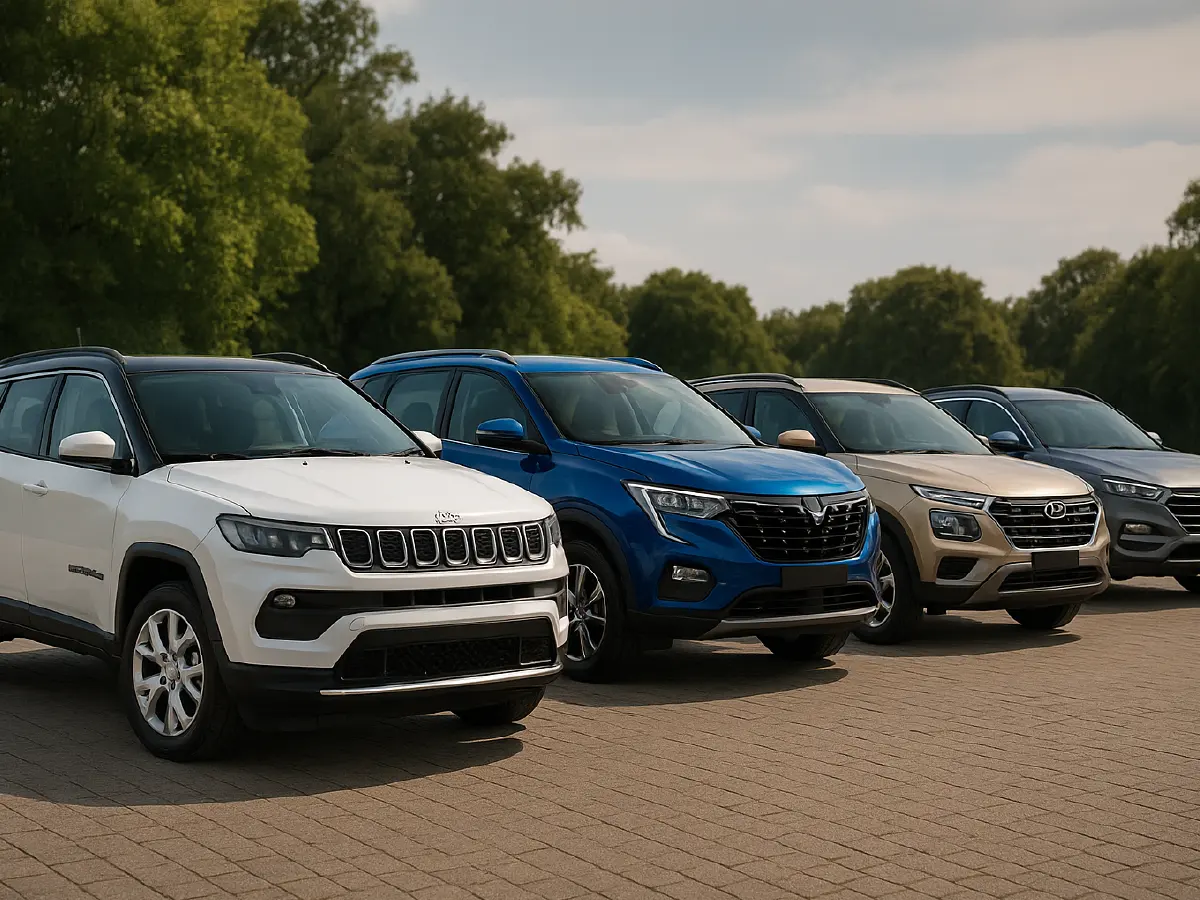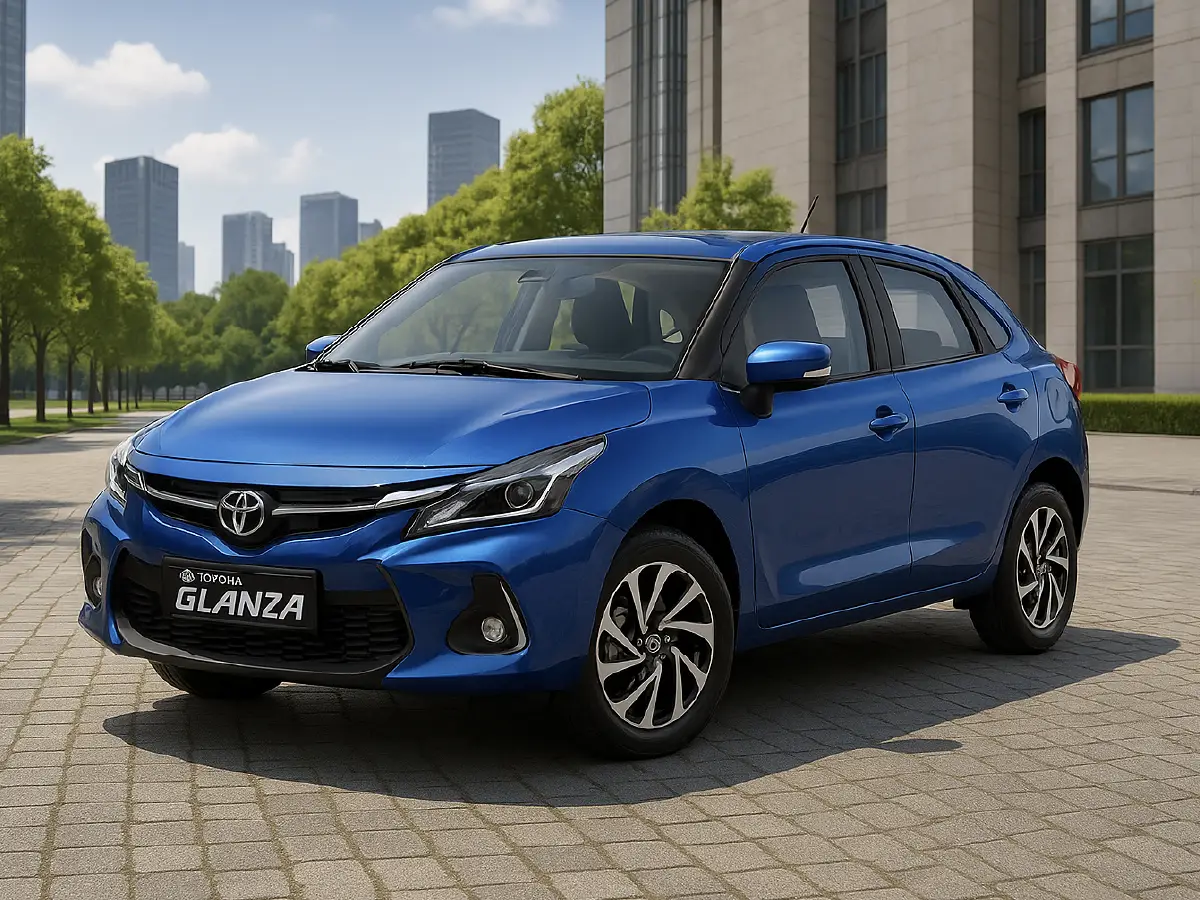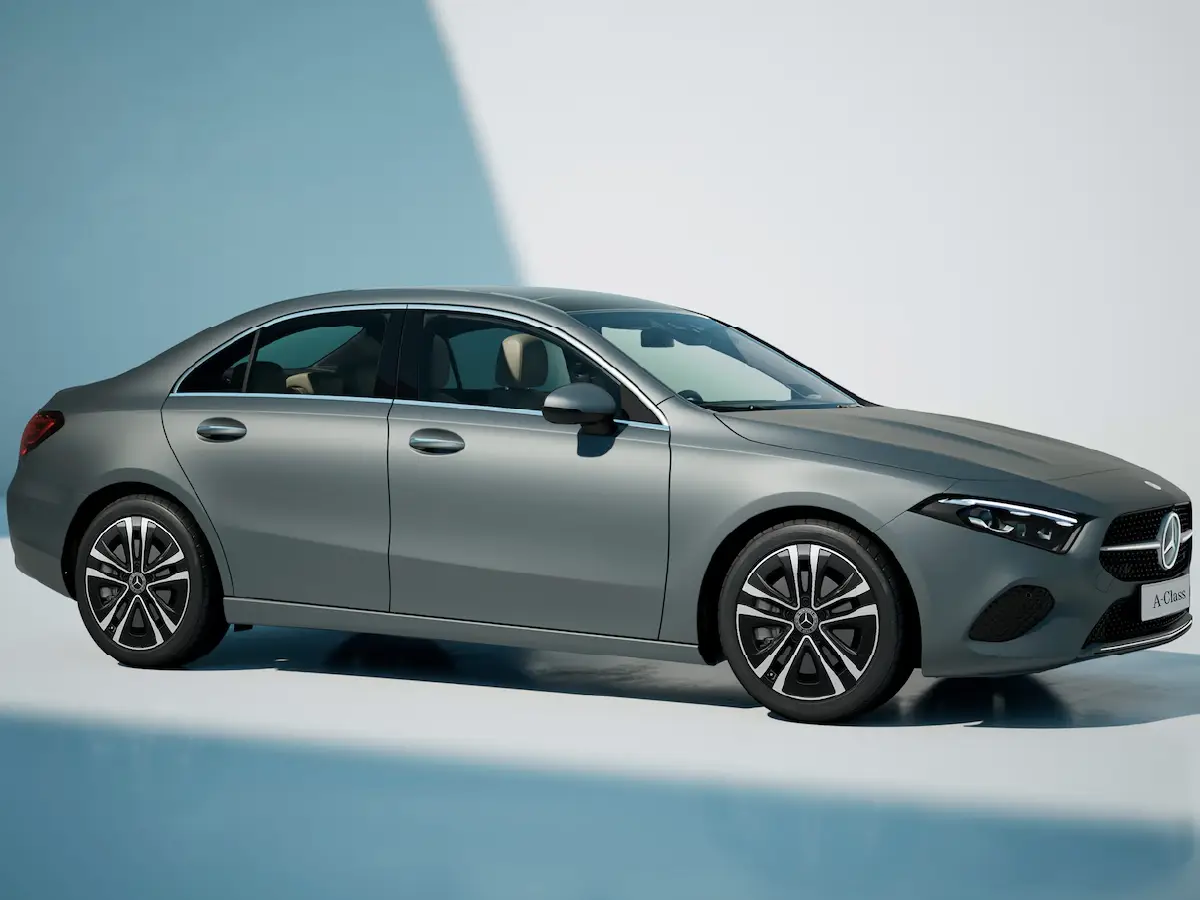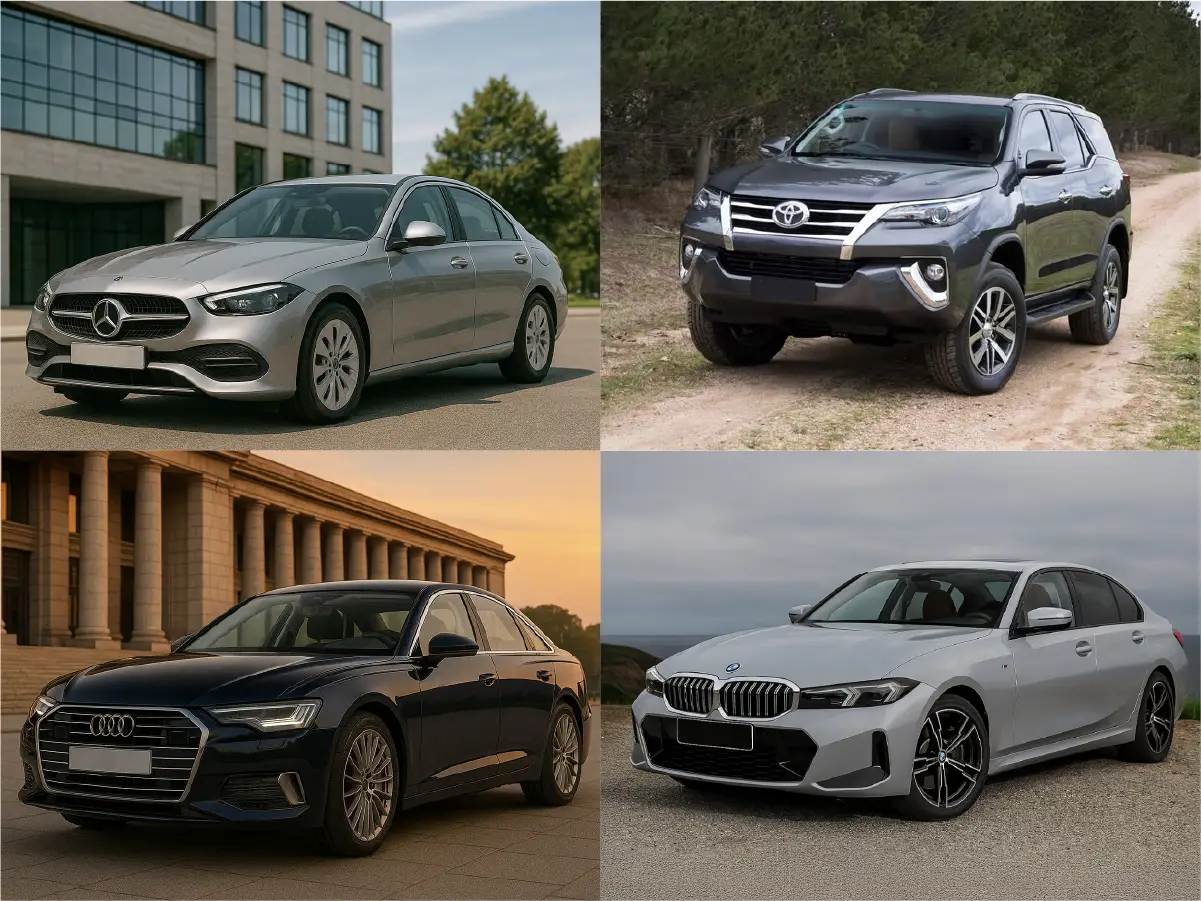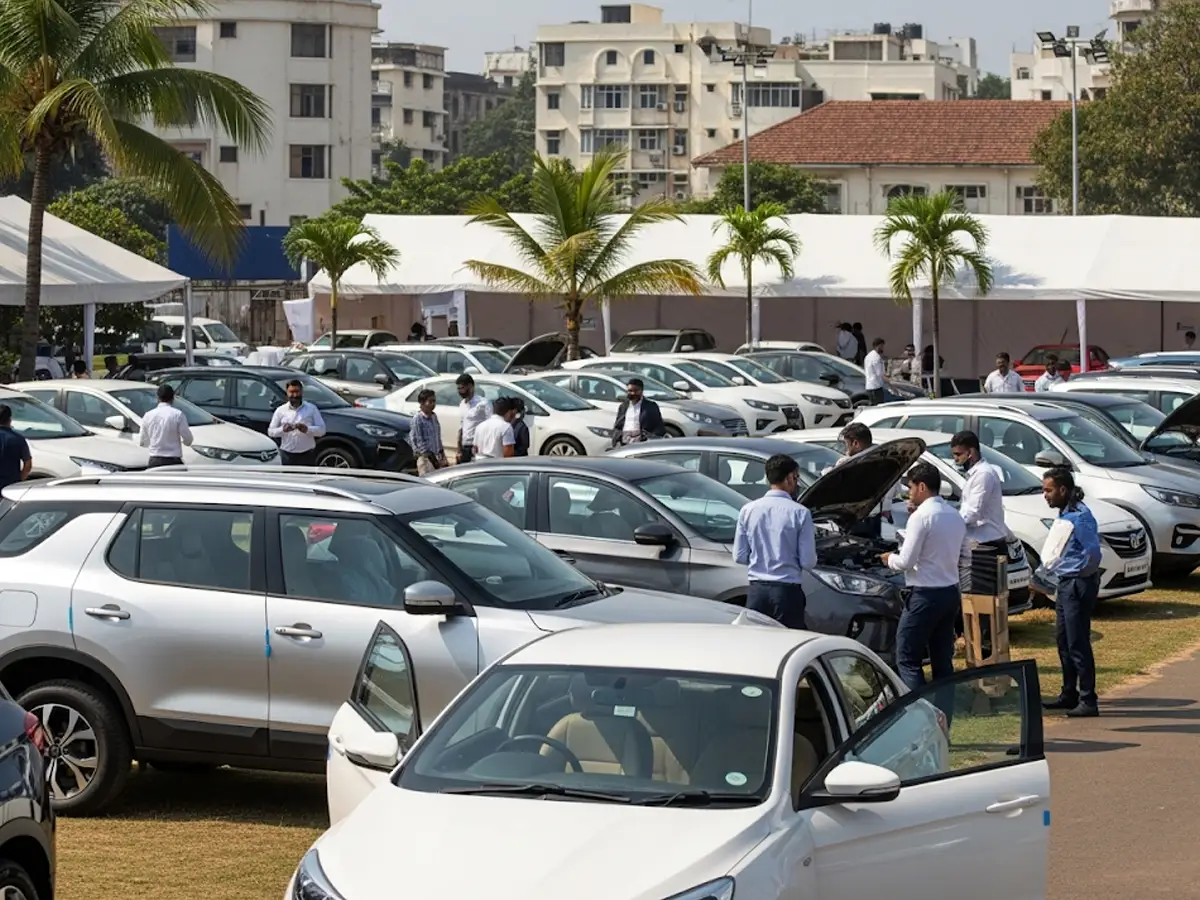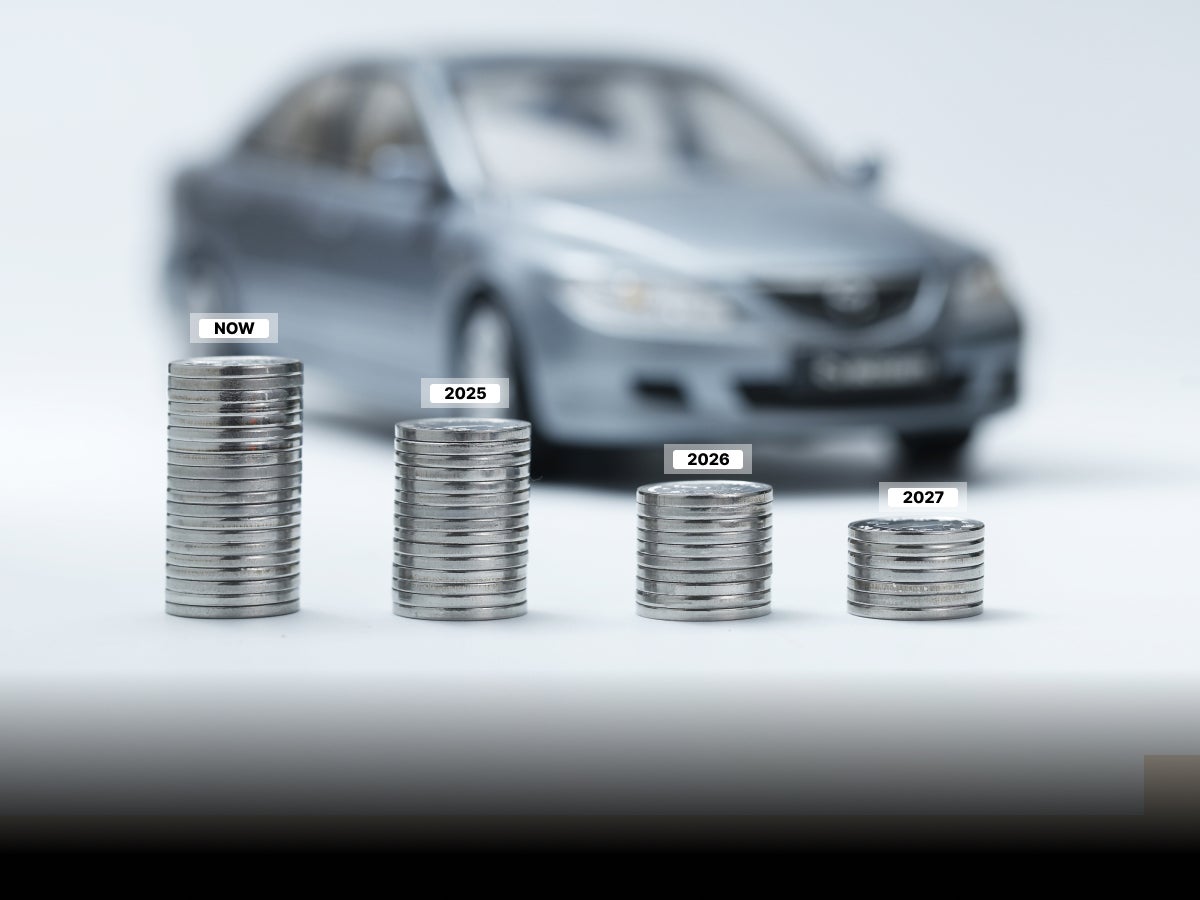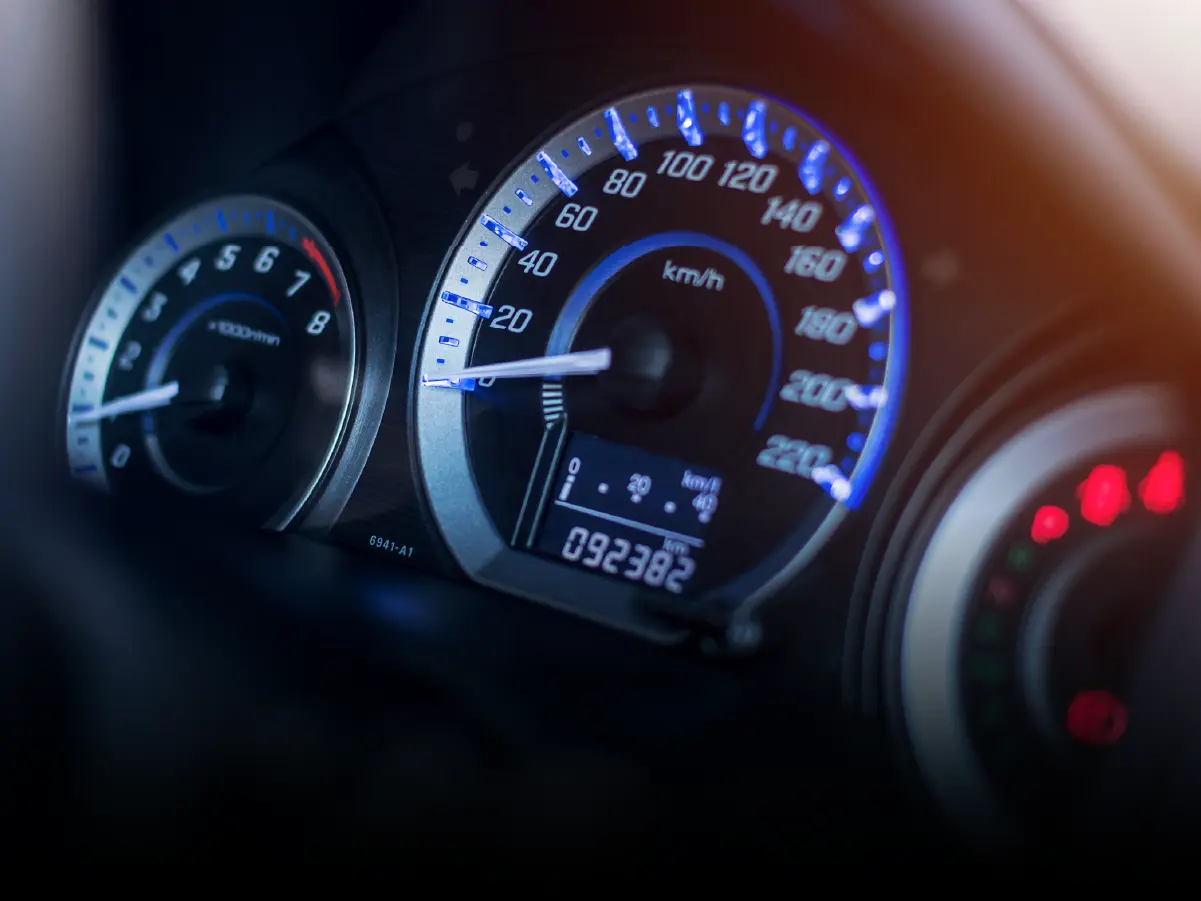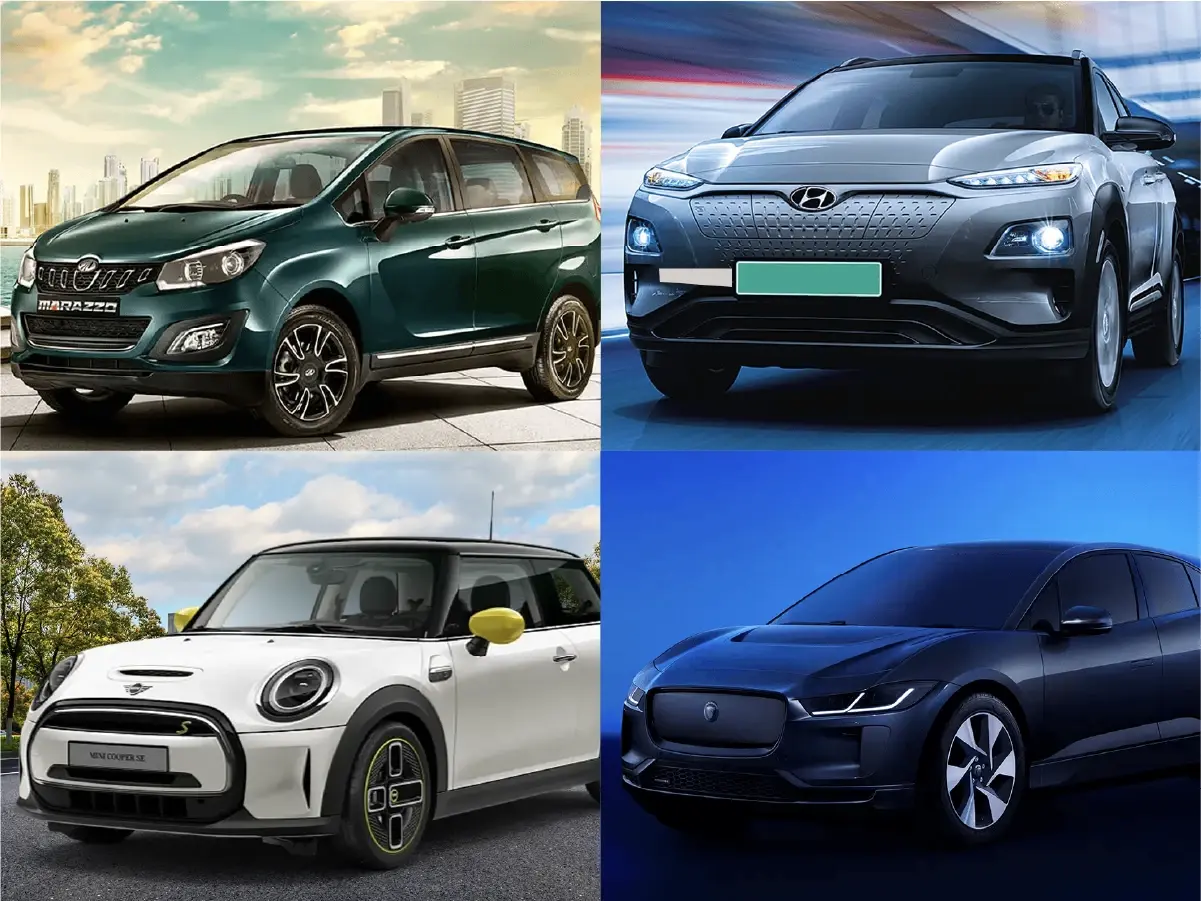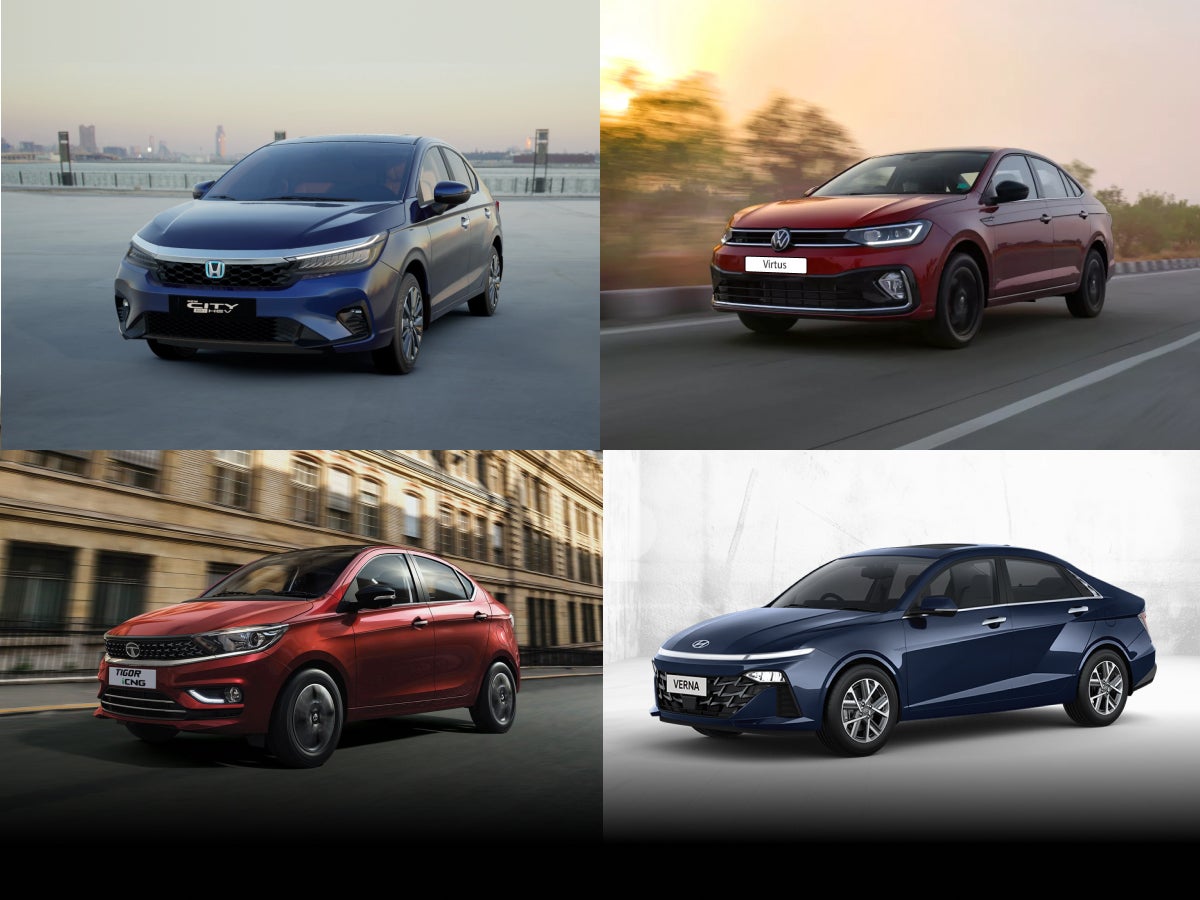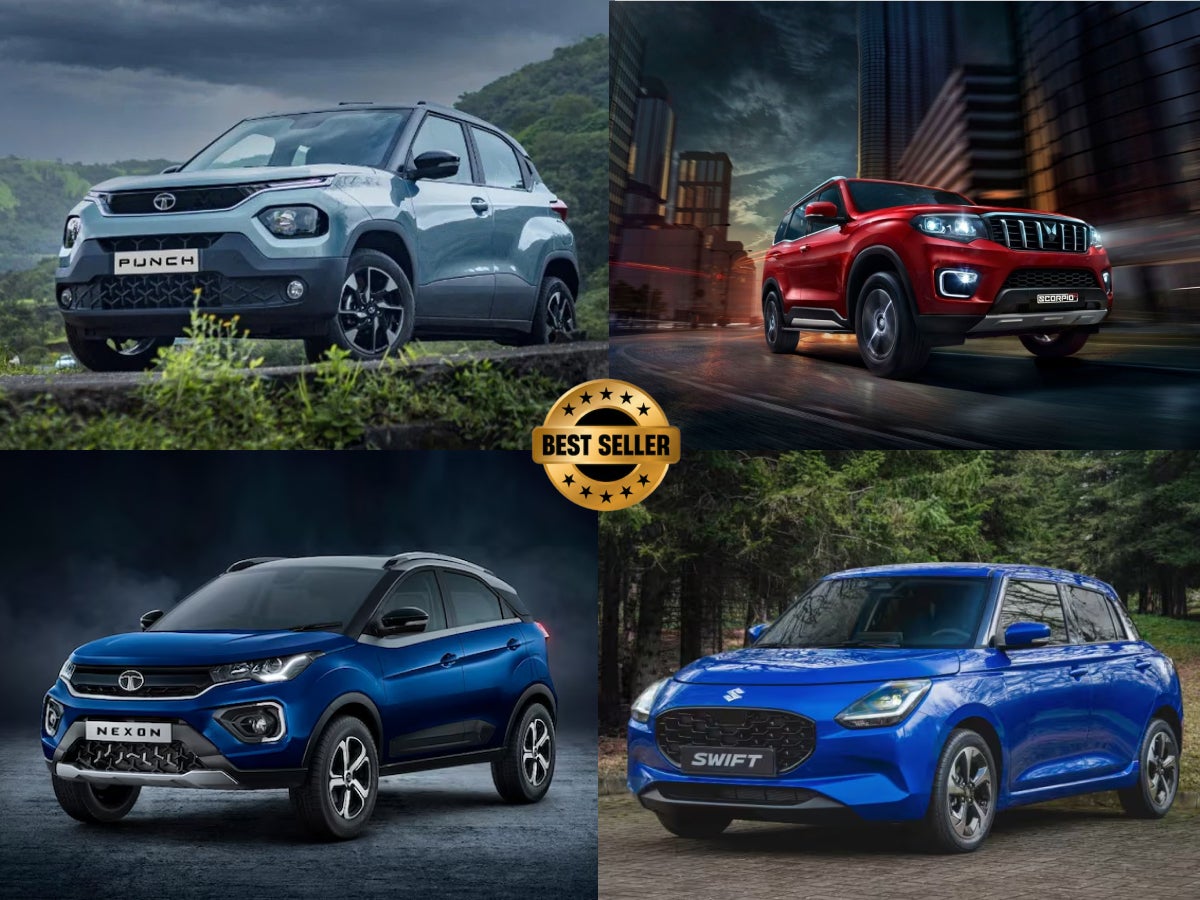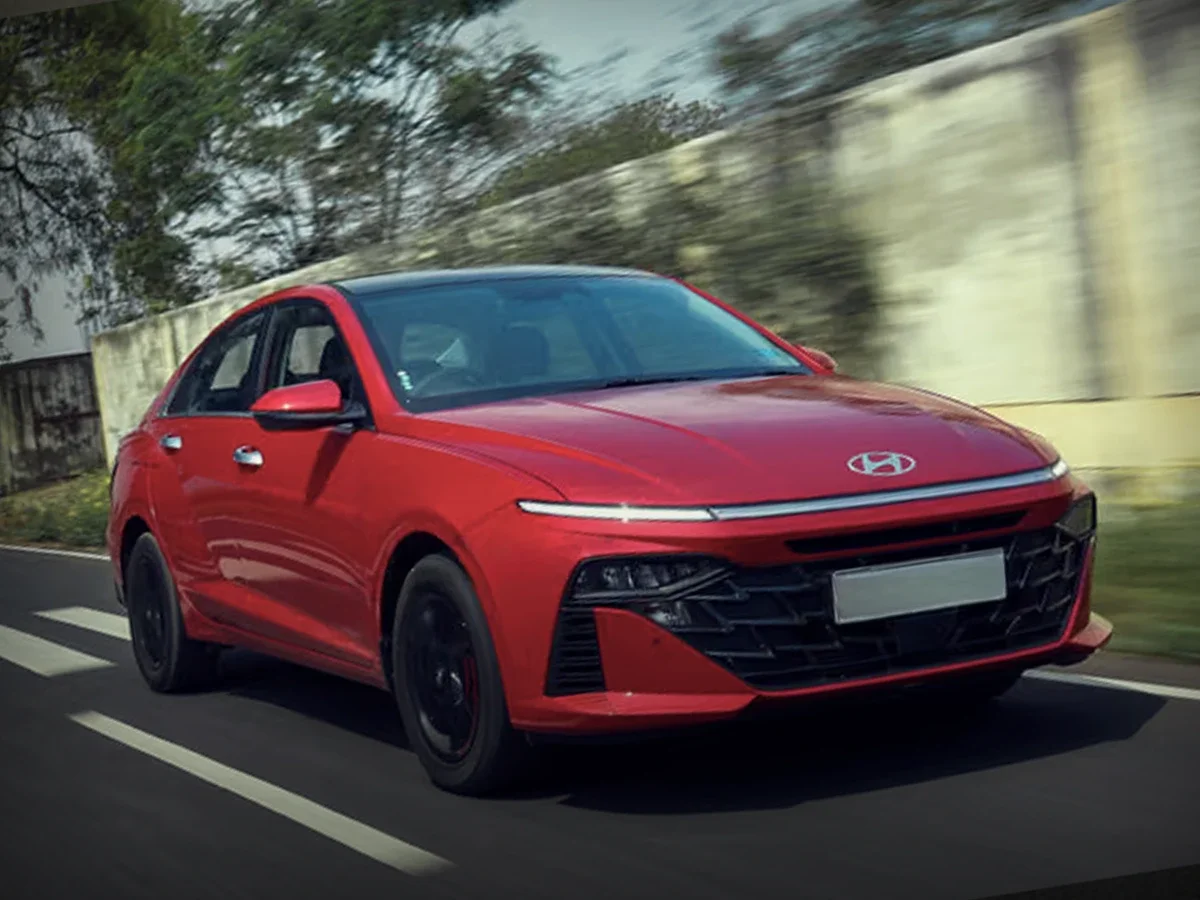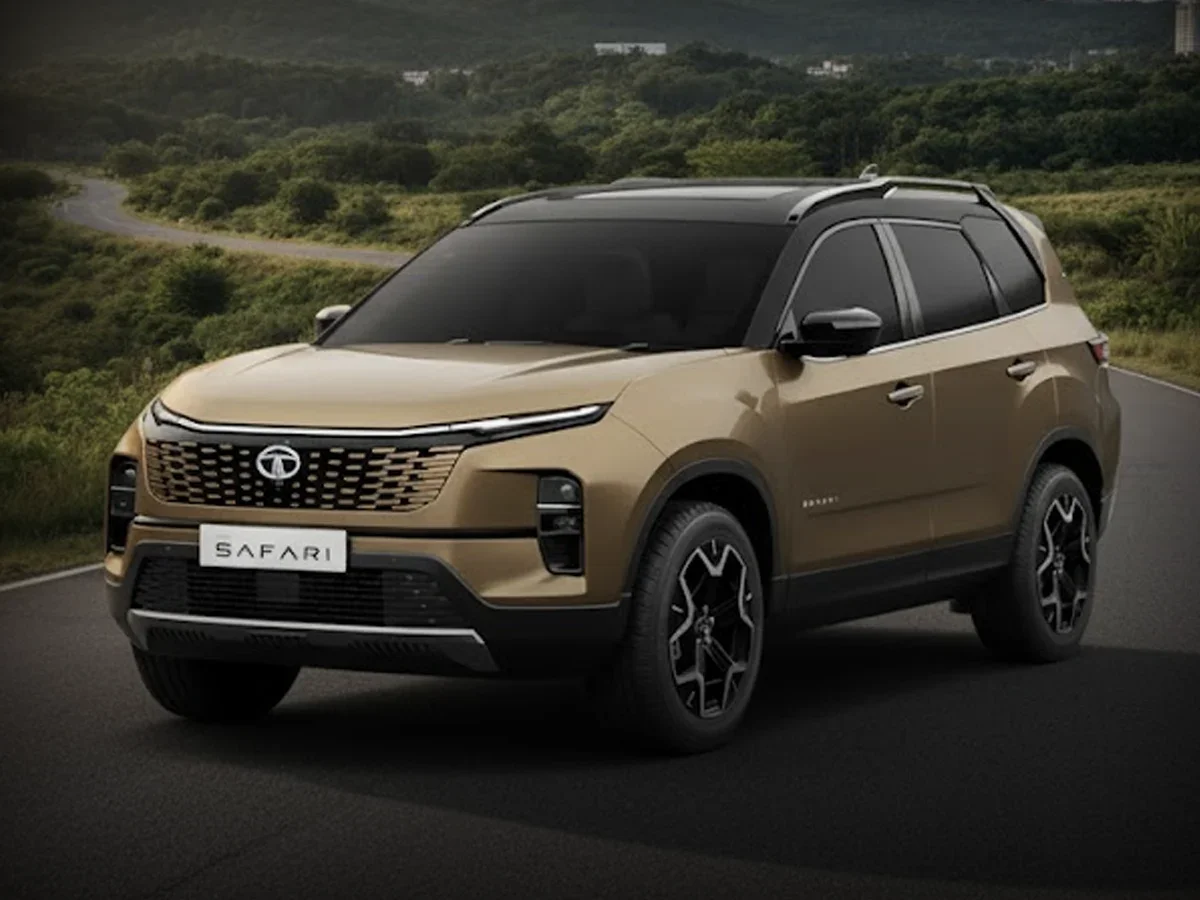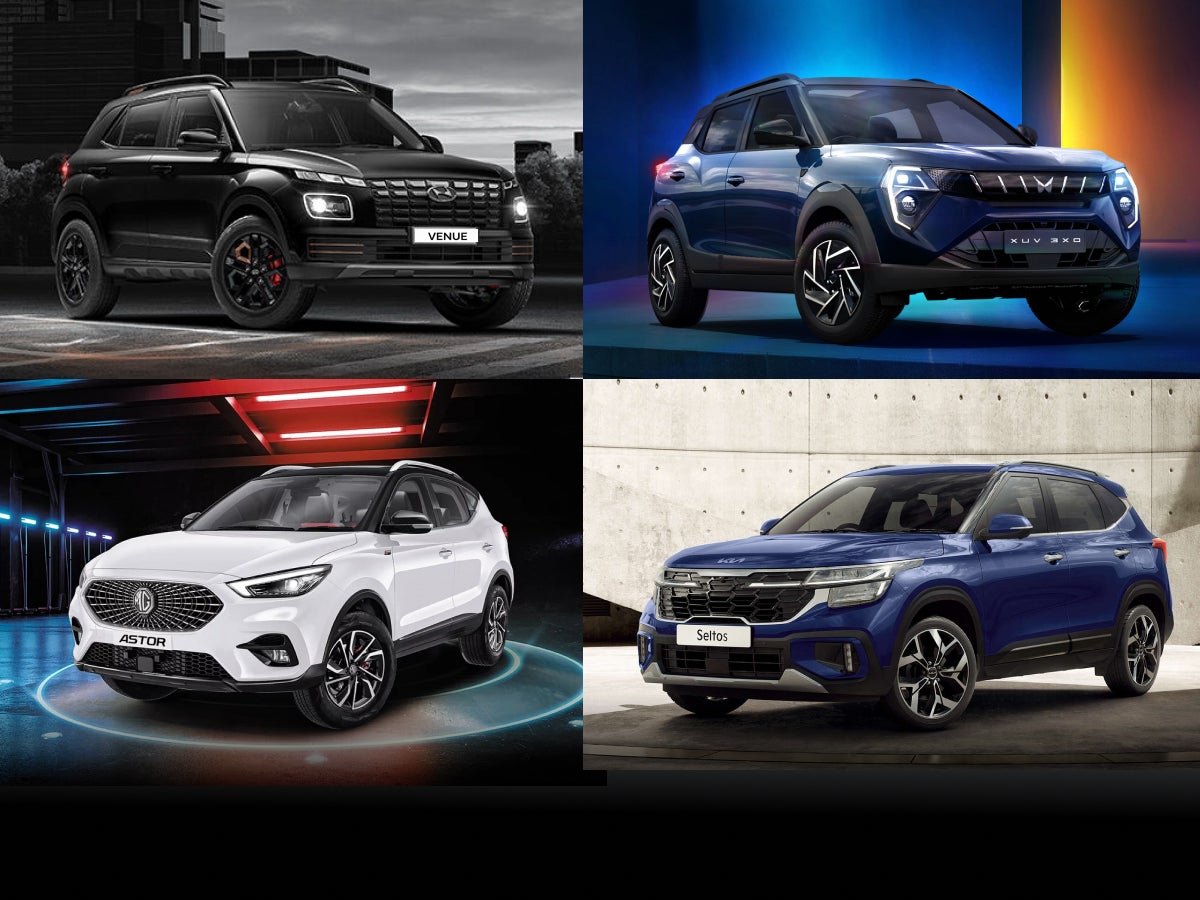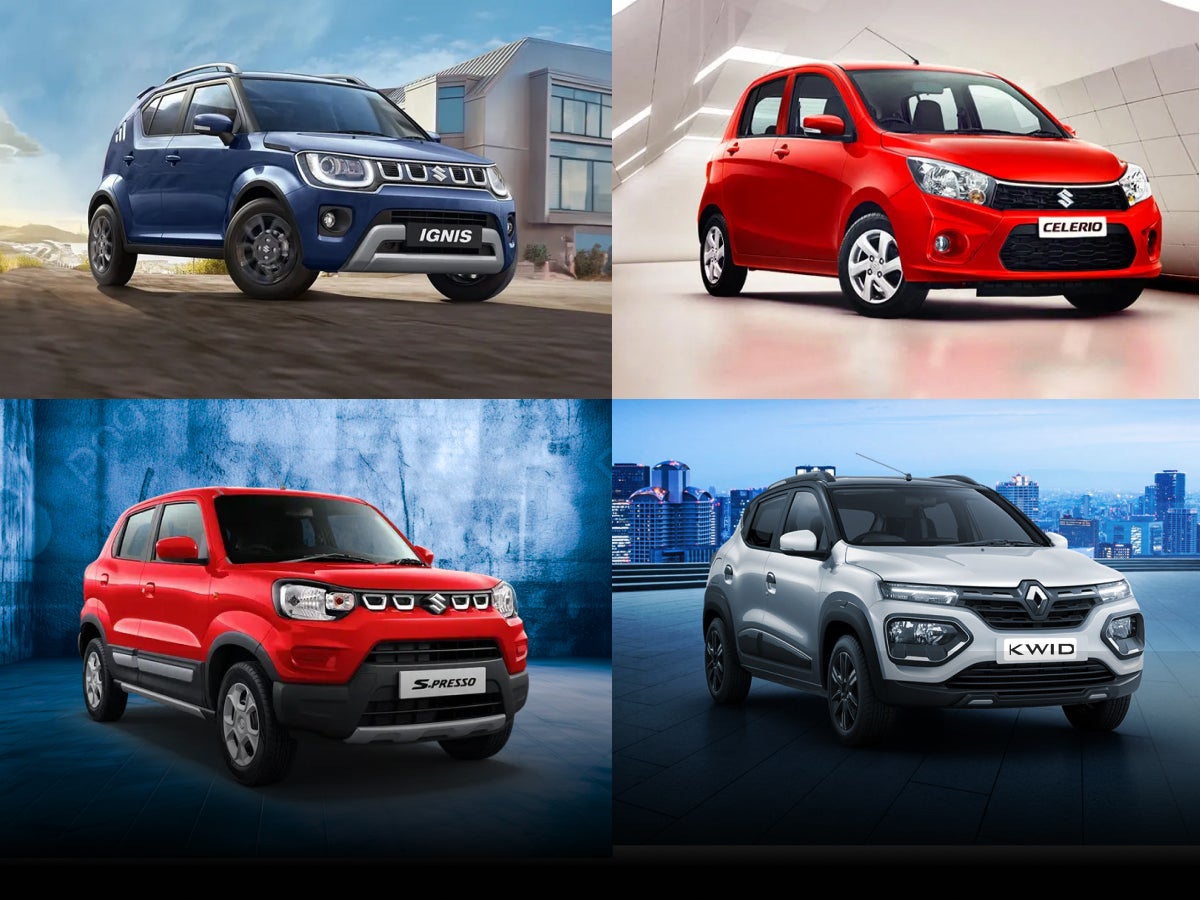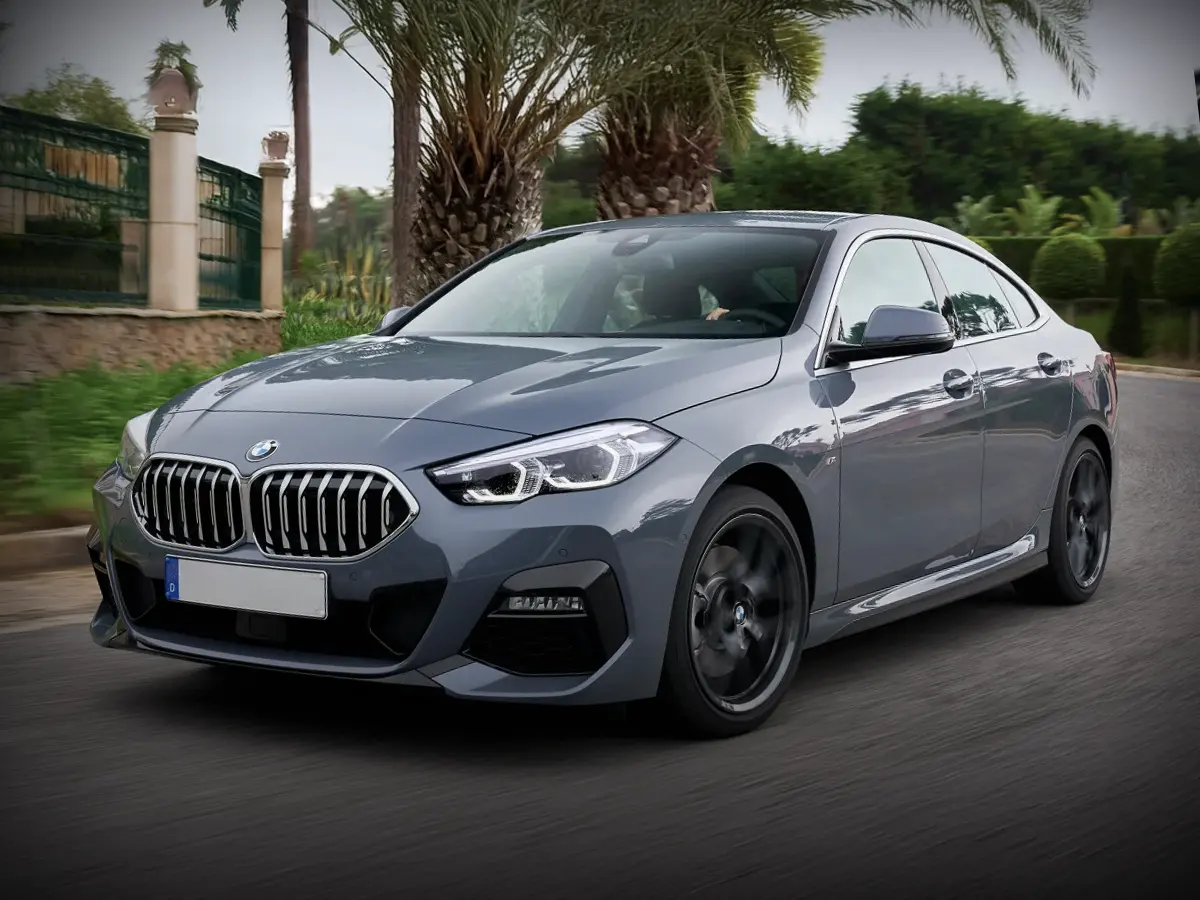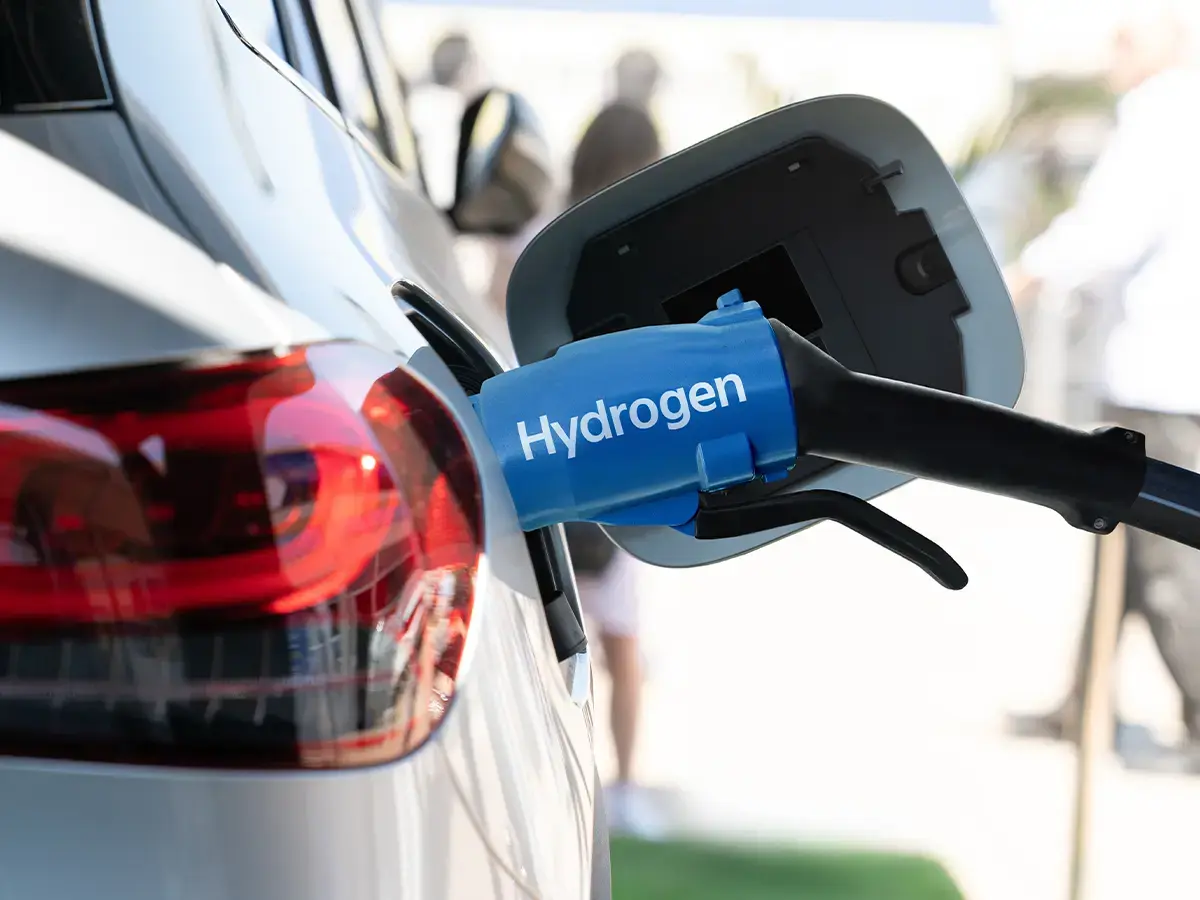

What Are Hydrogen Cars? Hydrogen Fuel Cell Vehicles Explained
- 1Hydrogen cars use fuel cells powered by green hydrogen to emit only water vapour
- 2Toyota and Hyundai already offer hydrogen-powered models globally
- 3Unlike EVs, hydrogen cars can be refuelled in under 5 minutes and offer long range
Hydrogen (H2) cars, or fuel cell electric vehicles (FCEVs), run on hydrogen gas instead of petrol, diesel, or large battery packs. They generate electricity through a chemical reaction between hydrogen and oxygen in a fuel cell, emitting only water vapour as exhaust. This makes them completely free from tailpipe pollutants like CO₂ or NOx.
FCEVs are gaining attention as an alternative to battery electric vehicles (BEVs), especially for long-distance travel. They offer quick refuelling, in under five minutes, and extended range which become ideal for personal as well as commercial use, and frequent highway driving. While the technology is still developing and hydrogen infrastructure is currently limited, H2 vehicles show real potential for the future of clean mobility.
How Do Hydrogen Cars Work?

Unlike how internal combustion engines work by burning fossil fuels, Hydrogen cars, or fuel cell electric vehicles (FCEVs), use a fuel cell stack to generate electricity. This electricity is achieved from a chemical reaction between hydrogen and oxygen. The hydrogen is stored in high-pressure tanks, while oxygen is drawn from the ambient air. Inside the fuel cell stack, the hydrogen reacts with oxygen to produce electricity, which powers the electric motor. This system delivers smooth, quiet performance and instant torque, much like a battery electric vehicle (BEV).
Compared to conventionally powered cars, what sets hydrogen cars apart is their clean operation. The only emission is water vapour, making them an environmentally friendly alternative to petrol or diesel engines. There are no carbon emissions during use, and the refuelling process takes just three to five minutes which is significantly quicker than charging most BEVs. This makes FCEVs particularly convenient for drivers who need long driving range and fast turnaround times during refueling. In essence, Green hydrogen cars offer the benefits of electric mobility without the extended charging delays or infrastructure dependent, limited driving range.
Overview On Hydrogen Combustion in Cars
- Hydrogen Storage: Hydrogen gas is stored in high-pressure tanks inside the car.
- Fuel Cell Stack: The gas enters a fuel cell stack, where it reacts with oxygen drawn from the air.
- Electricity Generation: This chemical reaction generates electricity to power the motor.
Water Emission: The only by-product is water, released as vapour from the tailpipe.
Key Components of Hydrogen Fuel Cell System
| Component | Function |
| Hydrogen Tank | Stores hydrogen at 350–700 bar of pressure |
| Fuel Cell Stack | Converts hydrogen and oxygen into electricity |
| Electric Motor(s) | Powers the wheels using electricity |
| Battery (optional) | Stores extra power from regenerative braking |
| Cooling System | Maintains optimal operating temperature |
Hydrogen Cars Currently On Sale

Although hydrogen infrastructure is limited, a few manufacturers have committed to commercial hydrogen-powered cars.
Hydrogen Cars in the Market
| Make & Model | Range (km) | Availability |
| Toyota Mirai | ~650 | Global (select markets) |
| Hyundai NEXO | ~600 | South Korea, US, Europe |
| Honda Clarity (Discontinued) | ~580 | Used car market only |
| BMW iX5 Hydrogen | ~500 | Pilot programmes |
While the number of hydrogen cars is currently small, the use of green hydrogen is expected to grow as production becomes more sustainable and widespread.
Key Features of Hydrogen Cars
- Zero tailpipe emissions (only water vapour).
- Fast refuelling (typically 3-5 minutes).
- Quiet, smooth electric drive.
High energy density compared to batteries.
What Is Green Hydrogen and Why Does It Matter?

Green hydrogen is generated through a process called electrolysis, where water (H₂O) is split into hydrogen (H₂) and oxygen (O₂) using electricity. What makes it “green” is that the electricity used comes entirely from renewable sources such as solar, wind, or hydropower. This ensures that the entire process is emissions-free, unlike grey hydrogen (produced from natural gas with CO₂ emissions) or blue hydrogen (where CO₂ is captured and stored but not eliminated).
Since green hydrogen does not release carbon dioxide at any stage of its production, it is considered one of the cleanest forms of energy available today. It holds significant promise as a sustainable fuel for transport, industry, and energy storage. Its potential to decarbonise sectors that are hard to electrify makes it especially important in the global effort to reduce greenhouse gas emissions and combat climate change.
Benefits of Green Hydrogen
- 100% renewable and sustainable.
- Reduces dependence on fossil fuels.
- Can be stored and transported efficiently.
Helps decarbonise hard-to-electrify sectors (e.g., trucking, aviation, industrial use).
Can Petrol or Diesel Cars Be Converted to Hydrogen?

Internal combustion engine (ICE) cars can technically be converted to run on hydrogen, but the process is complex and rarely practical. Even the best car engines can prove to be difficult to convert since Hydrogen has different combustion properties compared to petrol or diesel. This would mean that major modifications are needed, like upgrading injectors, adjusting ignition timing, and redesigning the fuel storage system. Even then, performance, efficiency, and emissions may not meet expectations.
Purpose-built hydrogen fuel cell vehicles (FCEVs) are far more efficient and cleaner. Instead of burning hydrogen, they convert it into electricity to power an electric motor, producing only water vapour as exhaust. This makes them better suited for long-term sustainability. While hydrogen conversions are possible in theory, they’re costly, inefficient, and largely limited to experimental or commercial fleet applications.
Challenges of Conversion
- Requires complete modification of the engine components and fuel system of an ICE.
- Storage of hydrogen tanks is a major constraint.
- Safety and refuelling infrastructure issues may occur.
While hydrogen conversions exist in experimental applications, it's not widely practical or commercially viable for individual car owners.
Hydrogen vs Battery Electric Vehicles (BEVs)

While both hydrogen cars and BEVs are zero-emission at the tailpipe, they differ in how they store and deliver energy. Hydrogen cars use compressed green hydrogen to generate electricity onboard via a fuel cell, whereas BEVs store electricity in lithium-ion batteries charged from the grid. Each has its advantages in range, refuelling time, and infrastructure, making them suited for different use cases. However, BEVs are cheaper given the rapid developments in their technology and uptake by consumers.
Hydrogen vs Battery Electric Vehicles Comparison
| Feature | Hydrogen (FCEV) | Battery Electric Vehicle (BEV) |
| Refuelling Time | 3-5 minutes | 30 minutes to 8 hours |
| Emissions | Zero (if green hydrogen) | Zero |
| Driving Range | 500-700 km | 250-500 km |
| Infrastructure | Very limited | Expanding rapidly |
| Efficiency | 30-40% | 70-90% |
| Maintenance | Moderate | Low |
Hydrogen vs Battery Electric Vehicles Pros and Cons

Both hydrogen fuel cell vehicles and battery electric vehicles (BEVs) offer clean alternatives to internal combustion engines, but each serves different needs. Hydrogen cars are more suitable for long-distance driving, commercial transport, and fleet operations due to their quicker refuelling time and extended range. They are particularly useful in sectors where vehicle uptime is critical and where infrastructure permits.
In contrast, BEVs are better suited for urban commuting and short-range personal use. With a more developed charging network and lower operational costs, they provide an efficient, user-friendly solution for everyday city drivers. Choosing between the two comes down to use case, infrastructure availability, and cost considerations.
Conclusion
Hydrogen cars represent a promising alternative in the transition to clean mobility, especially when powered by green hydrogen. While the technology is still evolving and infrastructure remains limited, the potential benefits are substantial—zero emissions, fast refuelling, and long range. As more governments and manufacturers invest in green hydrogen production and fuel cell innovation, hydrogen cars may play a key role in reducing global transportation emissions.
However, for most individual buyers today, battery EVs still offer greater convenience and accessibility. They’ve gained immense popularity in recent years, so much so that used electric cars are much sought after. Hydrogen vehicles are best suited for fleets, logistics, and markets that already have hydrogen infrastructure in place. But with the right policies and investment, hydrogen cars could complement EVs in building a sustainable automotive future.
Frequently Asked Questions
Expand all



